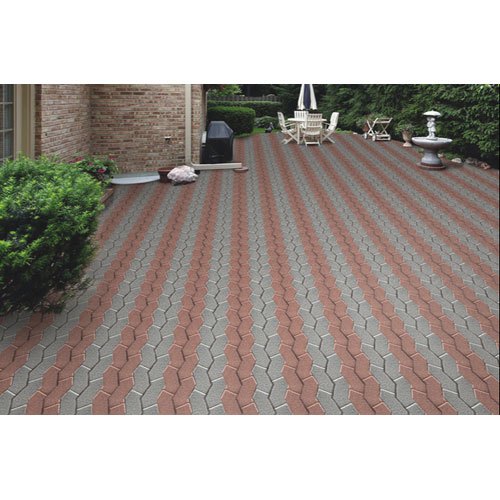Pavers are the most widely recognized type of block paving. They are formed in a variety of shapes, colors, and sizes, which lends itself to a wide range of design options. When laid in a pattern, they can add texture and dimension to a design. And when laid in a random pattern, they can help ground a design, providing a sense of definition and scale.
Paver blocks are one of the most versatile materials for outdoor design. They can be used for patios, walkways, fireplaces, retaining walls, and more. When used correctly, they can add a lot of character to a home. When used incorrectly, they can look like a disaster.

Pavers are blocks made from a composite material textured and often colored to look like paving stones. Pavers can be used to create a wide range of designs, and thanks to the many available shapes, they allow for a lot of variety in your design. They are used in a number of different ways, but the most common is as a flooring material in kitchens, bathrooms, and other areas where water is present.
Pavers come in many styles. The pattern of pavers is called a grid, and you can use them to create a variety of patterns. The types of pavers we call ‘regular’ are generally rectangular, and there are several ways to lay them out. The most common is to lay them in a grid of four rows and four columns. These blocks can be used for a variety of applications and look great in a variety of places.
To use paver blocks as a flooring material, you will need to build a foundation of some sort so that the pavers do not slip, shift, or sink. You may also want to line the pavers with a drainage system to keep the area dry and protected from water damage. However, you do not need a foundation or a drainage system if you are building patios, walkways, or retaining walls. For these applications, pavers are laid individually or in a pattern, and you do need to build a footing so that the pavers do not shift or sink.







